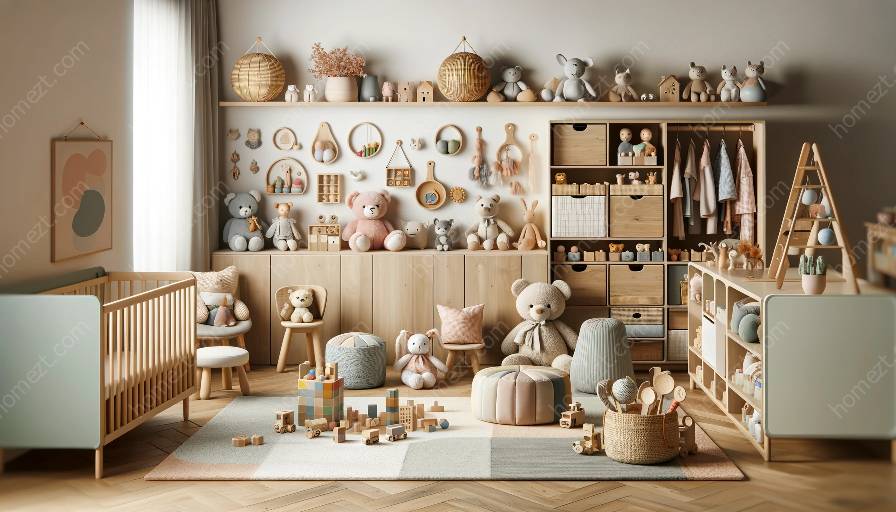Developing fine motor skills is a crucial part of a child’s early development. With the right toys, children can enhance their hand-eye coordination, dexterity, and manipulation skills while engaging in play. In this guide, we will explore the importance of fine motor skills toys, provide tips for toy selection, and offer advice on integrating these toys into the nursery and playroom.
The Importance of Fine Motor Skills Toys
Fine motor skills involve the use of small muscles in the hands and fingers. These skills are essential for tasks such as writing, drawing, using utensils, and tying shoelaces. Fine motor skills toys offer children opportunities to practice and refine these abilities through play, helping them achieve developmental milestones.
Types of Fine Motor Skills Toys
There is a wide range of fine motor skills toys available, each designed to target different aspects of hand and finger coordination. Examples include building blocks, puzzles, threading beads, lacing cards, and sorting games. These toys come in various materials, shapes, and sizes to accommodate different ages and skill levels.
The Benefits of Fine Motor Skills Toys
Playing with fine motor skills toys not only enhances physical dexterity but also promotes cognitive development. As children manipulate and interact with these toys, they improve their problem-solving abilities, spatial awareness, and creativity. Fine motor skills toys also support social and emotional development by encouraging cooperation, patience, and perseverance.
Tips for Toy Selection
When choosing fine motor skills toys, consider your child’s age, interests, and current skill level. Look for toys that offer various levels of challenge to encourage skill progression. Additionally, opt for toys made from safe and durable materials that are easy to clean and maintain.
Integration into the Nursery and Playroom
Integrating fine motor skills toys into the nursery and playroom can create an enriching environment for children. Organize toys in accessible containers or shelves, making it easy for children to choose and return items independently. Ensure that the play area has adequate space for children to maneuver and engage with the toys freely.
The Role of Caregivers
Caregivers play an essential role in supporting children’s engagement with fine motor skills toys. Encourage and model different ways of playing with the toys, such as demonstrating how to stack blocks, solve puzzles, or lace beads. Offer praise and positive reinforcement as children explore and practice their fine motor skills.
Conclusion
Fine motor skills toys are valuable tools for promoting children’s physical, cognitive, and social-emotional development. By understanding the importance of these toys, making thoughtful selections, and integrating them into play spaces, caregivers can support children in honing their fine motor skills while having fun.



